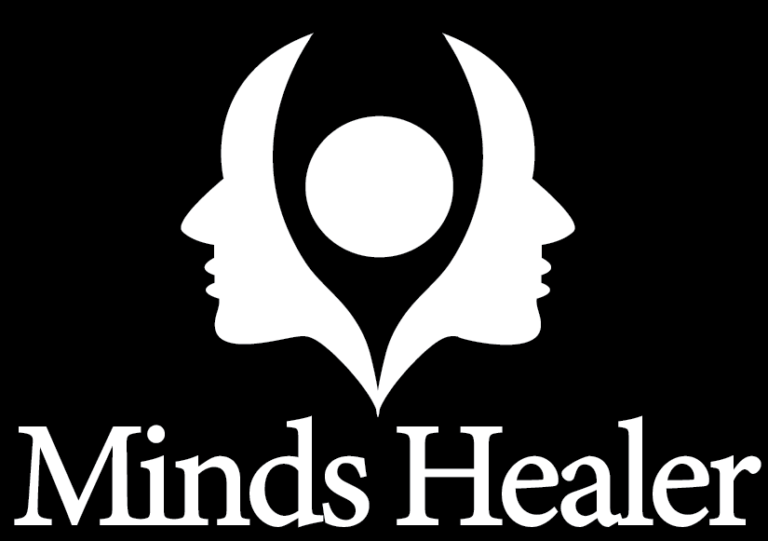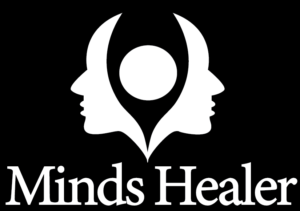
WHAT ARE TLM’S?
Teaching Learning Materials (TLM’s) is a collection of educational materials that are used by the educator or facilitator to support specific learning objectives. TLM’s are tools that are used by teachers, to help learners learn a concept effectively with ease and to illustrate or reinforce a fact, idea, or skill. So here we are with How Learning can be made fun using TLM’s
TLM’s have been a major part of our educational system since ancient times. However, earlier these were solely used by teachers to aid their teaching strategies. With the advancement of time, there has been a rapid change and the focus has shifted from teaching to learning. In today’s time, education has a ‘learner-centered approach’. Therefore such materials are now referred to as ‘Teaching-Learning Materials’, instead of ‘Teaching Aids’.
EDGAR DALE’S ‘CONE OF EXPERIENCES’
Teaching learning materials are a source of wide range of learning experiences for learners, be it direct or indirect. Edgar Dale, in 1969 gave a continuum of ‘directness to indirectness’ which was a method to arrange the learning experiences of learners, and this correlated to the continuum of ‘concreteness to abstractness’. This continuum, Edgar called ‘Cone of Experiences’.
The baseline organizing principle of this given ‘Cone of Experiences’ is advancement from most concrete i.e. direct experience (placed at the bottom of the cone) to the most abstract i.e. indirect (placed at the top of the cone). The least effective method, according to Dale, is at the top of the cone, i.e. indirect/abstract experiences, using verbal or textual symbols (listening or reading). Whereas the most effective method lies at the bottom, i.e. using direct, goal-oriented, concrete and purposeful experiences, like practical field experiences. Teachers and educators must aim and focus towards direct experiences, as it results in higher information retention.
Learning experiences are influenced by the kind of TLM’S being used. This means that even if the same content is being taught using different TLM’S, there retention would vary according to the TLM being used. Therefore, learning outcomes are highly influenced by the kind of learning experiences provided by the educator, using teaching learning materials.
TYPES OF TLM’S
AUDIO:


Using our voice is one of the most natural ways of communicating. Such forms of communication are mostly two-ways, i.e. the sender speaks and the receiver listens to those messages.
A number of audio materials or devices can be used which focus upon the auditory senses and help individuals learn via listening.

Example – cassettes, microphone, radio broadcast, CD Player, podcast
VISUAL AIDS:


Such aids make use of vision or visual organs to facilitate and support learning
They draw attention upon the visual senses and help learn using visual cues.

Example – blackboards, flashcards, charts, overhead projectors, models, slides, real/actual objects, maps, pictures, etc.
AUDIO –VISUAL AIDS:
Most effective of all the TLM’S as they cater upon both visual and auditory cues i.e. it help students learn via both listening and viewing

It brings about interest and thereby motivates learners as it seems realistic.
Example – Television, tapes, films, videos, multimedia
TACTILE TEACHING:

Learners take information using their sense of touch
Example – raised line paper, sand trays, textured objects and finger paints
KINESTHETIC:

Learners use body movements and hands on activities to learn
Such learners scan through the resources and materials and then focus on details
Example – Games and activities involving clapping or jumping a rope or counting while singing songs
NEED / IMPORTANCE OF TLM’S

TLM’S are used to facilitate and ease the process of learning and it also makes teaching-learning effective. Some of the major reasons why TLM’S are of great importance are as follows –
Facilitates Learning:
Providing a learner with similar or familiar materials related to a new concept thereby eases the process of learning that concept. This is because senses act as the gateways of learning. Our thoughts and perceptions become much clear when they are sensed using different senses like vision, touch, sound, taste and smell.
Increases long-lasting information retention:
Higher the number of sensory channels involved in processing and perceiving information while interacting with TLM’S, longer will be time of retaining such information and more effective the learning would be.
Motivates and encourages learners:
TLM’S are fun, creative and learner oriented. This makes them gather and capture attention from the learners as they provide a variety of stimulus, which makes children curious to learn new things with motivation.
Practical application & concept formation:
TLM’S help gain theoretical knowledge and teaches how to apply them. It also converts abstract concepts into concrete ones, so that children get a good hold on various concepts and resist returning back to rote learning.
CHARACTERISTICS OF A GOOD TLM
- Familiarity –
A good TLM must contain familiar things related to the concept being taught. This will help the child associate the characteristics of the familiar object to the new concept and also manipulate these objects for easy and meaningful learning.
- Focus on concepts and principles –
TLM’S should guide and introduce students to new concepts and principles, which might in turn help them categorise facts and information. A good TLM must be able to convert abstract concepts into concrete ones and help make learning more meaningful.
- Attractive –
In order to grab the attention of learners, the TLM must be attractive. Attributes like colour, size, durability, texture, smell and even movement in some cases should be creative and catchy.
- Easy to handle and portable –
Materials should be of light weight, not too edgy or sharp, shouldn’t be of any harm to anybody and must be firm and sturdy enough for easy handling. They must also be portable and easy to carry.
- Multiple usage –
Multi-utility materials should be preferred, so that they can be used for teaching multiple concepts and ideas. Examples – dice, marbles, sticks, blocks and flash cards.
Please visit our website to read more related blogs!
REFERENCES –
https://www.thoughtco.com/tlm-teaching-learning-materials-2081658



